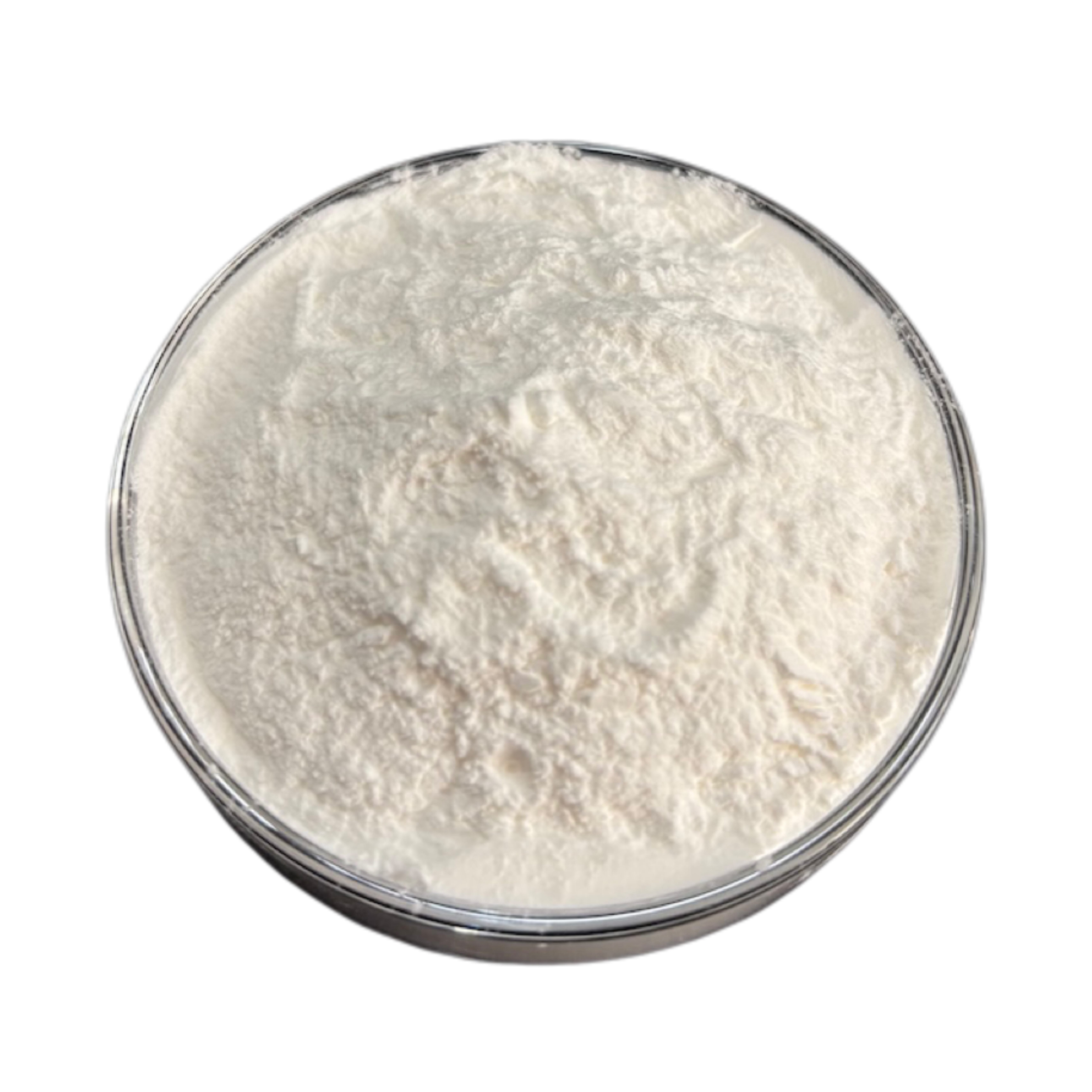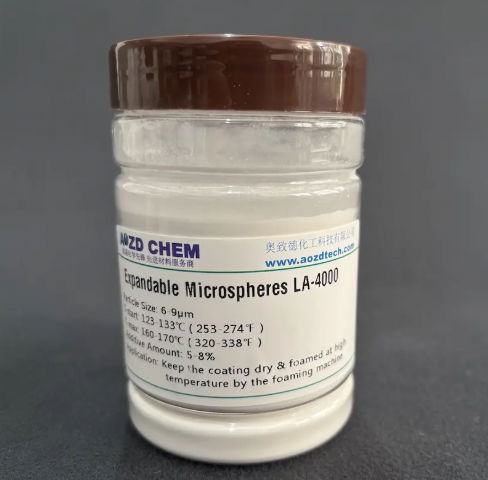Örtük sənayesi daim inkişaf edir və xərcləri azaltmaqla həm də performansı artırmağa yönəlmiş yeni innovasiyalarla daha ekoloji cəhətdən təmiz hala gəlir. Son zamanlar diqqət çəkən əlavələrdən biri isə genişlənən mikrosferalardır. Bu kiçik hissəciklər funksionallıq baxımından olduqca effektivdir. Dəyirmi dekorativ boyaqdan tutmuş, ağır şəraitə dözümlü mürəkkəb sənaye örtüklərinə qədər müxtəlif örtük tətbiqlərində əla nəticələr verir. Onları xüsusi edən nədir? Əslində, onlar yalnız ənənəvi materiallarla mümkün olmayan xassələrə malikdirlər.
Lakin nədir bu genişlənən mikrosferalar və niyə formulatörler onları artırılmış qırmızı sistemlərinə daxil edirlər? Bu materialların necə işlədiyini və gətirdiyi üstünlükləri başa düşmək istehsalçıların məhsulun performansını optimallaşdırmasına və xərclərdə qənaət əldə etməsinə kömək edə bilər.
Nələrdir Genişlənə bilən Mikrosferlər ?
Əsas tərkib və iş prinsipi
Genişlənən mikrosferalar yüksək temperaturda xətti şəkildə soyuyan xarici təbəqəsi olan kiçik kürə şəkilli hissəciklərdən və ümumiyyətlə aşağı qaynama temperaturlu karbohidrogen kimi çıxış edən genişlənmə maddəsindən ibarətdir. İstilik tətbiq edilir və birdən-birə hər şey dəyişir - xarici qabıq yumşamağa başlayır və içərisindəki hər hansı maddə sürətlə genişlənməyə başlayır. Nəticə? Bu kiçik kürələr həcmi ilə 50-dən hətta 80 dəfə artıqlaya bilər! Bu dramatik böyümədən sonra hər şey yenidən soyuyur və möhkəmlənir, bütün qazları içəridə saxlayaraq mini baloncuklara bənzər boş strukturlar yaradır.
Bu genişlənmə prosesi geri dönülən deyil və örtüklərə yüngül struktur, yaxşılaşdırılmış toxuma və bir çox funksional üstünlüklər verir. Adətən, genişlənməmiş mikrosferalar diametrinə görə 10-dan 20 mikrona qədər ölçülür və genişləndikdə 40-dan 80 mikrona qədər böyüyə bilər.
Unikal Fiziki Xassələr
Genişlənə bilən mikrosferaların müəyyənedici xüsusiyyəti onların genişlənmədən sonrakı aşağı sıxlığıdır. Boş, qapalı hüceyrə strukturu yalnız materialın çəkisini azaldmur, həm də istilik izolyasiyasına, səs udulmasına və elastikliyin artırılmasına kömək edir. Bu xassələr onları formulun stabilliyini pozmadan yüksək performans tələb edən örtüklər üçün ideal edir.
Kiçik ölçüləri və inert kimyəvi tərkibi həmçinin onların su və məhlul əsaslı sistemlərdə asan dispersiya olunmasını təmin edərək istifadəsinə əlavə esneklik verir.
Boya Bərkitmələrdə Genişlənən Mikrosferaların İstifadə Bənövşəyi
Çəkinin Azaldılması və Materialın Effektivliyi
İstifadənin ən bariz üstünlüklərindən biri genişlənə bilən Mikrosferlər öyrək filmində ümumi sıxlığın azaldılması qabiliyyətidir. Formulyasiyaya mikrosferaların daxil edilməsi ilə istehsalçılar daha az materialla daha yüksək plёнka alçaqlığı əldə edərək xərclərin azaldılmasına və yüngül məhsulların alınmasına imkan yarada bilərlər.
Məsələn, avtomobil və kosmik tətbiqlərdə çəkinin azaldılması birbaşa yanacaq səmərəliliyinin yaxşılaşdırılması və emissiyanın azaldılmasına kömək edir. Dekorativ boya-ların nəqliyyatı və tətbiqi baxımından yüngül məhsulun daha asan olması da buraya aiddir.
Səth quruluşu və mat sonrakı emal
Təbii sferaların genişlənməsini istifadə edən çoxsaylı sənaye sahələri örtüklərin səthdə necə hiss olunduğunu və görünüşünü tənzimləmək üçün istifadə olunur. Bu kiçik sferalar tətbiq zamanı genişləndikdə, səthdən işıq əks olunmasını nəzarət edərkən kifayət qədər toxuma yaradılır. Nəticədə, çox parlaq olmayan mat və ya yumurta qabığı biti əldə edilir. Daxili rəngləmə ustaları bu təsiri divarlar üçün sevir, çünki otaqlara daha isti və cəlbedici atmosfer yaradır, çünki hamısı parıldayan əşyalarla ətraf olunmur. Möhtəşəm rəng istehsalçıları həmçinin mebel bitləri və avtomobil touch-up məhsulları üçün istehsal olunan məhsullarda bənzər faydalar tapıblar ki, burada insanların istədiyi şey yaxşı görünən, lakin gözəl parlaq olmayan bir şeydir.
Həmçinin, mikrosferalar işığın səpilməsini artırmaqla gizlətmə qabiliyyətini yaxşılaya bilər, rəngin vizual dərinliyini və örtülməsini artırır.
Təsərrüfat artırılması müxtəlif sənayelərdə
Termal və akustik izolyasiya
Boş, qapalı strukturlarına görə genişlənən mikrosferalar təbii olaraq istiliyə və səsə izolyasiya edir. Tiksən, təsərrüfat cihazları və ya parça örtüklərinə əlavə edildikdə istilik keçiriciliyini azaldır və səsi zəiflədirlər.
Bu xassələri onları enerji səmərəliliyi və səs-küyün azaldılması kritik satış nöqtələri olan tikinti materialları və məişət cihazları örtüklərində xüsusi qiymətli edir. Bundan əlavə, onların istifadəsi xüsusi formulalarda yanğın təhlükəsizliyini artırmağa kömək edə bilər.
Təsirə Davamlılıq və Elastiklik
Genişlənən mikrosferalarla hazırlanmış örtüklər çatlamaya və sıyrılmağa daha çox müqavimət göstərir. Mikrosferalar təzyiq altında sıxılaraq yenidən bərpa olunduqda səth boyunca enerjini udur və gərginliyi paylayır.
Bu xassə xüsusilə qoruyucu örtüklərdə, sənaye döşəmələrində və ya elastik membranlarda dayanıqlılıq və fiziki aşınmaya müqavimət vacib olduğu hallarda faydalıdır.

Formulalaşdırma Nəzərdə Tutanlar
Rezin Sistemləri ilə Uyğunluq
Genişlənən mikrosferalar adətən akril, poliuretan, epoksi və alkid sistemləri də daxil olmaqla müxtəlif reçin sistemləri ilə uyğun gəlir. Bununla belə, qruplaşmanı və ya bərabərsiz genişlənməni qarşısını almaq üçün düzgün dispersiya etmək vacibdir.
Bəzi mikrosferaların istifadəsi asanlaşdırmaq üçün əvvəlcədən genişlənmişdir, digərləri isə termiki emal və ya bişirmə mərhələsində genişlənmək üçün nəzərdə tutulmuşdur. Düzgün tipin seçilməsi tətbiq prosesindən və termiki emal temperaturundan asılıdır.
Dozaj və Emal Tövsiyələri
Örtüklərdə genişlənən mikrosferaların istifadə norması istənilən effektə görə çəki ilə 0,5%-dən 5%-ə qədərdir. Mikrosferaların çox istifadəsi köpüklənmə, zəif yapışma və ya parlaqlığın azalmasına səbəb ola bilər, buna görə də yükləməni digər formul komponentləri ilə tarazlamaq vacibdir.
Emal şəraiti, xüsusilə temperatur genişlənmənin aktivləşdirilməsində mühüm rol oynayır. Termiki emal edilən örtüklər üçün temperaturun dəqiq nəzarəti ardıcıl performans üçün vacibdir.
Yenilenebilirlik və Çevrə Təsiri
YÜT-nin azaldılması və yüngül qablaşdırma
Genişlənən mikrosferalar formulashdırmacıların həllediciyə əsaslanan özlülüyü tənzimləyən maddələrə olan ehtiyacı azaltmaqda kömək edə bilər və bu da uçucu üzvi birləşmələrin (VOC) miqdarının azalmasına kömək edir. Bundan əlavə, son məhsulun daha aşağı sıxlığı daha səmərli qablaşdırma və nəqliyyata imkan verir və bu da təchizat zənciri boyunca ətraf mühitə təsiri minimuma endirir.
Yüngül qablaşdırma göndərmə zamanı emissiyanın azalmasına və son istifadəçilər üçün təhlükəsizliyin yaxşılaşmasına səbəb olur.
Təhlükəsiz, Toksiki Olmayan Tərkib
Örtüklərdə istifadə edilən mikrosferaların əksəriyyəti zərərli ağır metallar və ya toksiki əlavələrdən azad olur. Onların inert təbiəti istehlak məhsullarında, o cümlədən uşaq mebellərində, oyuncaqlarda və məişət əşyalarında istifadə üçün onları uyğun edir.
Təhlükəsiz, ekoloji cəhətdən daha təmiz kimyəvi maddələrə keçidə dair artan tənzimlayıcı təzyiq fonunda mikrosferalar yüksək performans saxlanarkən müvafiq standartlara cavab vermək üçün effektiv bir yol təqdim edir.
Həqiqi dünya tətbiqləri
Dekorativ və Memarlıq Boyaları
Genişlənən mikrosferalar divar rənglərinin dekorativ tətbiqlərində mətni yaxşılaşdırmaq, örtüklülüyü artırmaq və parıltını azaltmaq üçün geniş istifadə olunur. Onlar həmçinin yuyulma müqavimətinə kömək edir və divarların təkrar-təkrar təmizliyə dözümlü olmasını təmin edir.
Memarlıq boyalarında mikrosferalar istilik və səs izolyasiyası təmin etdiyi üçün evlər, məktəblər və xəstəxanalarda istifadə üçün idealdır.
Sənaye və Mühafizəedici Boyalar
Sənaye şəraitində mikrosferalarla gücləndirilmiş boyalar dayanıqlılığı artırmaq və çəkini azaltmaq üçün maşınlar, kəndlər, rezervuarlar və konstruksion poladlara tətbiq olunur. Bu boyalar tez-tez zərbə müqavimətinin və temperatur sabitliyinin yaxşılaşdırılmasından faydalanır.
Dəniz, mədən və ya neft yatağı tətbiqləri üçün xüsusi örtüklər də sərt mühitlərdə xidmət müddətini uzatmaq üçün mikrosferlərin izolyasiya və elastik xüsusiyyətlərindən istifadə edir.
SSS
Genişlənən mikrosferalar istehlak məhsullarında təhlükəsizdir?
Bəli, əksər mikrokürələrin ticarət yolu ilə təmin edilməsi toksik deyil və təhlükəsizlik qaydalarına cavab verir, bu da onları ev şəraitində və bəzək məqsədləri üçün uyğun edir.
Mikrokürələr hansı temperaturda aktivləşdirilir?
Aktivasiya adətən 100–150°C temperaturda başlayır və formuldan asılı olaraq dəyişə bilər. Müəyyən növlər müxtəlif bərkitmə prosesləri üçün nəzərdə tutula bilər.
Mikrokürələr suya əsaslanan boyalarda istifadə edilə bilərmi?
Mütləq. Bir çox mikrokürələr həm suya əsaslanan, həm də həlledici əsaslı sistemlərdə asanlıqla paylanması üçün hazırlanmışdır.
Genleşən mikrokürələr boya rəngini təsir edirmi?
Onlar opastlığı və parlaqlığı yüngül dərəcədə təsir edə bilər, lakin tövsiyə edilən dozajlarda istifadə edildikdə rəngi əhəmiyyətli dərəcədə dəyişmir.

